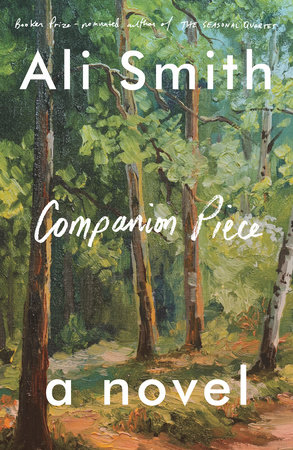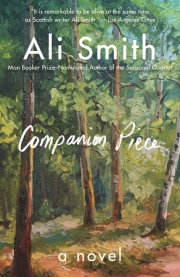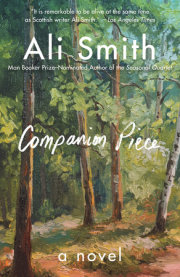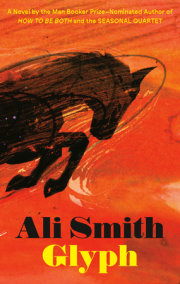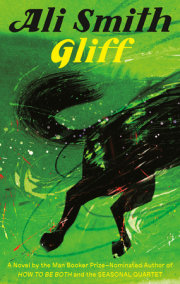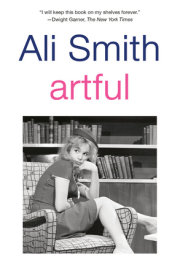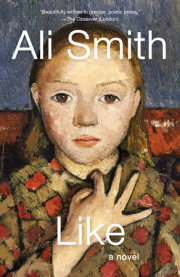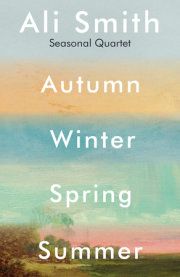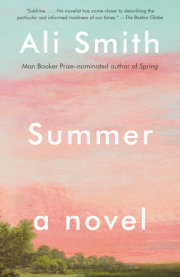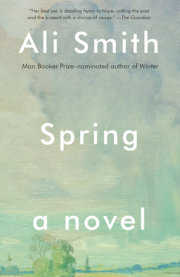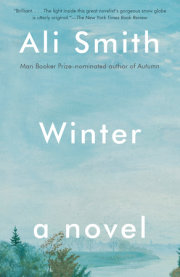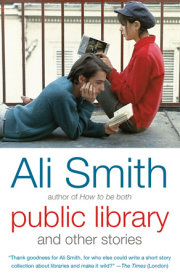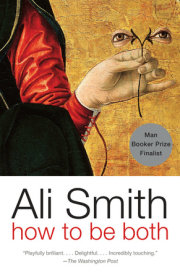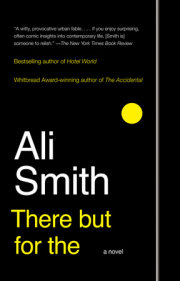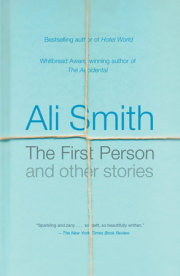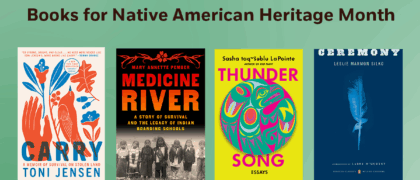Hello hallo hullo. It’s comparatively quite a recent word. But like everything in language it has deep roots.
In all its forms, the dictionary says, it’s a variant of a word from Middle French, hola, a combination of ho and la, making something like
hey there. It might also connect to the old hunting cry, halloo! for when you sight what you’re hunting and shout out with excitement as you start the chase. Or perhaps it might be closer to the sound of the word howl, like when Shakespeare uses it in Twelfth Night as one of the proofs of love when one character tells another that to prove this love she’d
halloo your name to the reverberate hills till there’s nothing else left in the air or the world but the name of the beloved.
Or maybe it comes from the Old English word haelan, which is a very versatile verb that can mean to heal and to save and to greet all at once. Or from another Old English phrase altogether, one that means may you be hale, or may you be whole.
It’s possibly also the Old High German word you’d’ve shouted if you were at the side of a river and needed to get a ferryman’s attention. A form of it turns up in The Rime of the Ancient Mariner by Samuel Taylor Coleridge, a poem about the terrible act and ominous aftermath of the killing of a bird, the fate of the sailor who kills it and the deadly fate of his companions. First the bird comes playfully to their hollo! and brings good sailing weather. Then the mariner kills it. After that everything turns into deadly stasis in the poem. After it, shout hollo! all they like, no bird comes.
In any of its forms, hello can mean all these things. We say it to someone we’ve just met, it’s a friendly and informal ritual gesture of greeting whether it’s someone we know or someone we’ve never met before.
It can mean someone’s surprised, or attracted, or caught off guard by something or someone, as in, hello, what’s this? /who’s this?
It can be a polite demand for attention; imagine you’re standing in a shop and the person you want to serve you has gone through the back, say, so you shout it. It can also suggest there might be nobody there at all. For instance, you’ve fallen down a well and are stuck at the bottom of it looking helplessly up at the small circle of light that’s the rest of the world and you’re shouting it in the desperation and hope that somebody will hear.
Or you answer a phonecall and you say it and nobody answers or there’s nobody there. So you say it again into the silence, more and more insistent each time,
hello?
hello?
Is anybody there?
Are you there and you can hear me but you’re just not replying for some reason?
Can you help me?
Oh now
that definitely caught my attention.
What’s all this then?
What do you want?
Yes, I’m here.
Can you take me safely across in your boat?
Are we anywhere near land yet?
Please be well.
Please don’t be broken.
Please get better, be safe.
I love you and I’m going to plaster the universe with your name and my love.
I’m on your trail and I’m coming after you.
Eh, hi.
Good to see you again.
Good to meet you.
Every hello, like every voice – in all the possible languages, and human voice is the least of it – holds its story ready, waiting.
That’s pretty much all the story there is.
Round any telling of it, a deep green colour layered with grime and dust from all the seasons over a door in a wall, both the door and the wall invisible under the massive swath of ivy shifting its leaves in slight-breeze choreography, lit here and there by the brighter green of its newer leaves, the newest of these such small perfected leaf shapes already that it’s both ordinary and mindblowing and then there are the little plant teeth like roots coming off the tendrils reaching for and holding to whatever surface they touch, dogged, firm, working to become more root than tendril, the whole thing fed by a taproot so deep and tough that, whoever or whatever tries to cut it back or dig it out, here it comes all over again one unfurled leaf at a time.
Copyright © 2022 by Ali Smith. All rights reserved. No part of this excerpt may be reproduced or reprinted without permission in writing from the publisher.

